Answering the direct question first - The feedback means that the op amp can output a fairly large current in order to maintain a desired voltage at the output node. This means that the effective impedance at that node is near zero, and likely even less than the open-loop output impedance of the op amp itself.
However - the point of 50-ohm termination is to impedance-match to transmission lines, which are commonly made to a standardized 50 ohms in various forms such as microstrip, coaxial, etc. To that end, you actually want a 50-ohm output impedance which you can achieve by not including the op amp buffer at all.
You do end up with a voltage division, but you also avoid dealing with issues such as signal reflections.
In fact, it's common that some function generators can be configured for 50 ohm loads in this manner - they end up with 50-ohm output impedances, and their displayed values take this voltage division into account - when it says "1V" on the screen it's driving its output in a way which would deliver 1 V into a 50-ohm load. A high-impedance measuring device would display 2 V (while creating signal reflections) in that scenario.
You may want to consider simply using 50 ohm matched impedances throughout your system and then correcting for any voltage division numerically.


